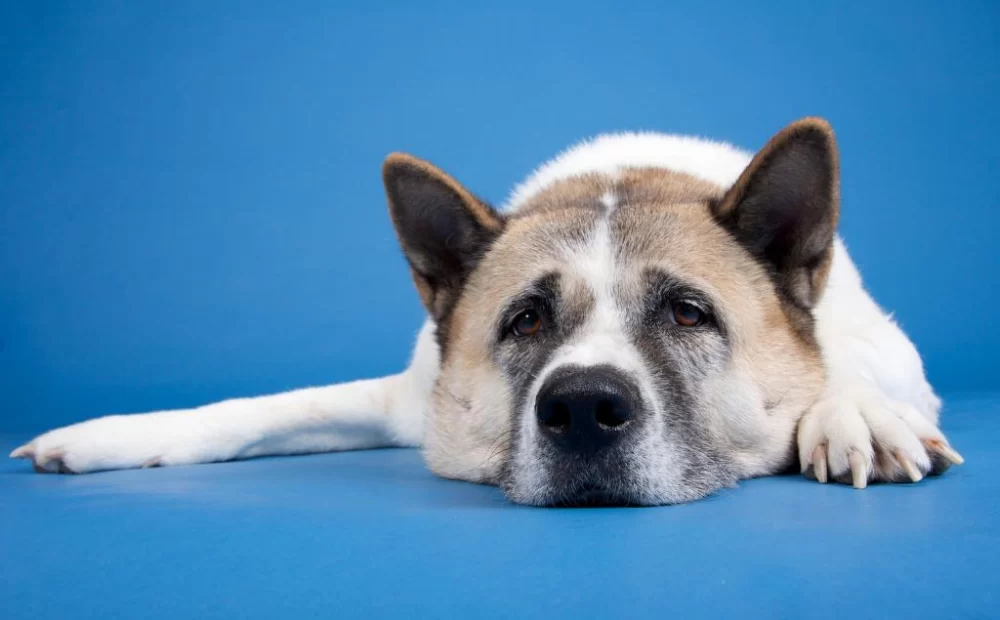Understanding Why Dogs Lose Balance and Stumble
Have you ever noticed your dog suddenly stumbling or losing balance? It’s a common concern for many dog owners, and it can be both distressing and confusing. As a dog owner, I’ve experienced the worry when my beloved pup starts wobbling or falling over. But it’s important to understand that dogs, like humans, can face balance issues, and these problems often stem from a variety of causes. In this article, I’ll share everything I’ve learned about why dogs lose balance and stumble, how you can help, and when it's time to visit the vet.
What Causes Dogs to Lose Balance?
One of the first things I learned as a dog owner is that balance problems can be caused by several factors. Some of these are temporary and treatable, while others might require more serious attention. Let’s dive into the possible causes of balance issues in dogs:
1. Vestibular Disease
One of the most common reasons for a dog to lose balance is vestibular disease. This disorder affects the inner ear, which plays a crucial role in maintaining balance. Dogs suffering from vestibular disease often seem disoriented, may tilt their heads to one side, and experience difficulty walking straight. When my dog experienced this, it was a confusing and frightening experience for both of us. However, the good news is that many dogs recover from vestibular disease with proper treatment, although recovery can take time.
2. Canine Neurological Issues
Neurological problems can also affect a dog’s ability to maintain balance. These issues can result from brain conditions, spinal cord injuries, or nerve damage. In some cases, the loss of coordination and stumbling might be linked to more serious conditions, like seizures or brain tumors. If your dog is showing other signs like weakness in the legs or confusion, it might be time to consult a vet for a thorough neurological exam.
3. Ear Infections
It might surprise you to learn that something as simple as an ear infection could lead to stumbling. The ears are connected to the vestibular system, so if your dog has an ear infection, it could affect their balance. In fact, ear infections are one of the most common causes of balance problems in dogs. Symptoms often include a noticeable tilt of the head, pawing at the ears, or excessive shaking of the head. If you suspect an ear infection, visiting your vet for treatment is essential to prevent further issues.
4. Age-Related Issues
As dogs get older, their bodies, like ours, begin to wear down. Older dogs may develop arthritis or muscle weakness, which can cause them to lose their balance. When my dog started showing signs of stiffness and trouble navigating stairs, it became clear that age was playing a role in her wobbliness. In these cases, joint supplements, pain management, and regular vet checkups can help improve their quality of life and reduce balance problems.
5. Poisoning or Toxins
Unfortunately, some cases of stumbling and loss of balance can be linked to poisoning. Certain substances, such as chocolate, alcohol, or even some plants, are toxic to dogs. If your dog suddenly starts stumbling, showing signs of vomiting, or appears disoriented, it could be due to exposure to a toxic substance. If you suspect poisoning, contact your vet immediately for treatment.
How to Help Your Dog with Balance Issues
Now that we know what causes dogs to lose balance, you might be wondering what steps you can take to help your dog. Here are a few tips based on my experience:
1. Keep Your Dog Safe
If your dog is stumbling or having trouble walking, it’s essential to create a safe environment. I made sure to remove any sharp objects or obstacles that could cause my dog to fall and hurt herself. You may also want to use rugs or carpets in areas where your dog walks to prevent slipping. Additionally, make sure your dog has easy access to water and a comfortable resting place, as fatigue can worsen balance issues.
2. Provide Regular Exercise
While it might seem counterintuitive, regular exercise can actually help improve balance. Gentle walks and low-impact activities, like swimming, can strengthen muscles and improve coordination. When my dog started having balance problems, I kept her exercise routine light and focused on activities that wouldn’t strain her joints or muscles. It’s important to listen to your dog’s body and adjust the intensity of their exercise accordingly.
3. Visit the Vet
If your dog’s balance problems persist, or if you notice other concerning symptoms, it’s time to consult a veterinarian. A vet can diagnose the underlying cause of the balance issue and recommend the appropriate treatment. Early intervention is key to preventing further complications. I remember taking my dog to Hidden Brook Veterinary when her stumbling became more frequent, and they were able to pinpoint the issue and provide helpful solutions that made a big difference in her recovery.
Real-Life Story: A Journey Through My Dog's Balance Struggles
To give you a more personal insight, let me share the experience of my own dog, Daisy. One winter afternoon, I noticed Daisy stumbling while trying to catch a ball in the yard. At first, I thought it was just a fluke, but when it kept happening, I knew something was wrong. Daisy was a senior dog, so I immediately began worrying about age-related issues. After a thorough checkup with our vet at Hidden Brook Veterinary, it turned out that Daisy had developed vestibular disease. With some medication and rest, she recovered well over the next few weeks, and I was relieved to see her regain her balance.
Conclusion
Dealing with a dog that is losing balance or stumbling can be distressing, but it’s important to remember that there are several possible causes, and many of them can be treated with the right care. Whether your dog is suffering from vestibular disease, ear infections, or age-related issues, understanding the problem and working with your vet can make a huge difference in your dog’s recovery. I hope this article helps you better understand why dogs lose balance and stumble, and provides you with some practical steps to help your dog get back on their feet.











